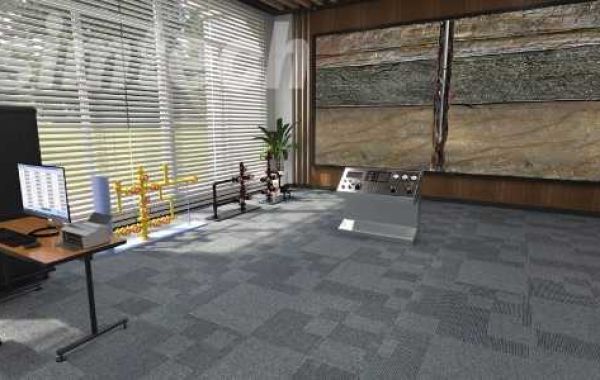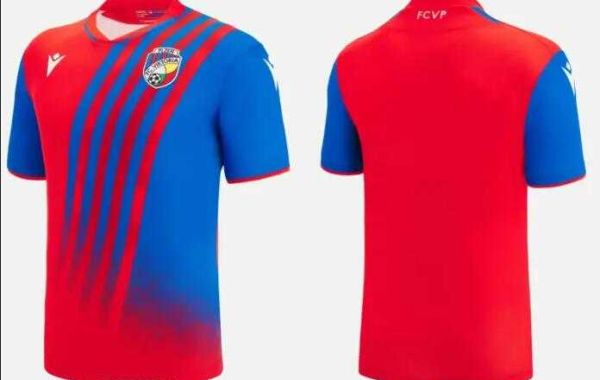Understanding Well Types
Well types can vary significantly based on factors such as:
Formation type: Sandstone, limestone, shale, etc.
Wellbore geometry: Vertical, horizontal, deviated, etc.
Completion design: Open-hole, cased-hole, slotted liner, etc.
Production method: Primary, secondary, tertiary recovery.
Fluid properties: Oil, gas, water, or mixtures.
Customizing Simulators for Specific Well Types
To ensure that a production well logging simulator accurately represents the downhole conditions of a particular well type, several customization options should be considered:
- Formation Properties:
Permeability: The ability of the formation to transmit fluid.
Porosity: The volume of pore space in the formation.
Fluid saturation: The amount of oil, gas, or water in the formation.
Mineral composition: The type and abundance of minerals in the formation.
Formation compressibility: The ability of the formation to change volume under pressure.
Formation heterogeneity: The variation in formation properties within a specific area.
Fracture characteristics: The presence, orientation, and properties of fractures in the formation.
- Wellbore Geometry:
Wellbore diameter: The size of the borehole.
Wellbore deviation: The angle between the wellbore and the vertical.
Wellbore curvature: The rate of change of wellbore direction.
Wellbore roughness: The surface texture of the wellbore.
Wellbore casing: The type, size, and condition of the casing used to line the borehole.
- Completion Design:
Casing type and size: The properties of the casing used to line the borehole.
Cement properties: The properties of the cement used to fill the annulus between the casing and the formation.
Perforation characteristics: The size, spacing, and orientation of perforations in the casing.
Completion fluids: The type and properties of fluids used during completion operations.
Completion tools: The equipment used to complete the well, such as packers, bridge plugs, and sand screens.
Stimulation treatments: The methods used to enhance well productivity, such as hydraulic fracturing or acidizing.
- Production Method:
Reservoir drive mechanisms: The forces that cause fluid to flow from the formation.
Artificial lift methods: The techniques used to enhance fluid production, such as gas lift, electric submersible pumps, or sucker rod pumps.
Fluid properties: The viscosity, density, and compressibility of the produced fluids.
Production rates: The amount of fluid produced over time.
Production constraints: Factors that limit production, such as wellbore capacity, surface facilities, or market demand.
- Fluid Flow Dynamics:
Single-phase or multiphase flow: Whether the fluid is flowing as a single phase or a mixture of oil, gas, and water.
Flow regimes: The different flow patterns that can occur in the wellbore, such as laminar, turbulent, or annular flow.
Fluid-rock interactions: The interactions between the produced fluids and the formation.
Fluid-fluid interactions: The interactions between different components of the produced fluid, such as oil, gas, and water.
Wellbore pressure gradients: The changes in pressure along the length of the wellbore.
- Benefits of Customized Simulators
Customizing production well logging simulators for specific well types can provide several benefits, including:
Improved accuracy: More accurate predictions of downhole conditions, leading to better decision-making and reduced operational risks.
Enhanced decision-making: Better informed decisions regarding well operations, such as workover planning, stimulation treatments, and production optimization.
Reduced operational risks: Minimized risks of equipment failure, wellbore instability, and production losses.
Optimized well performance: Improved production rates, reduced operating costs, and extended well life.
Enhanced reservoir management: A better understanding of reservoir behavior, leading to more effective reservoir management practices.
Improved environmental performance: Reduced environmental impacts through more efficient well operations and reduced emissions.
Conclusion
By carefully customizing production well logging simulators to match the specific characteristics of individual well types, operators can gain valuable insights into downhole conditions and optimize well performance. This can lead to significant cost savings, increased production, and reduced environmental risks.








